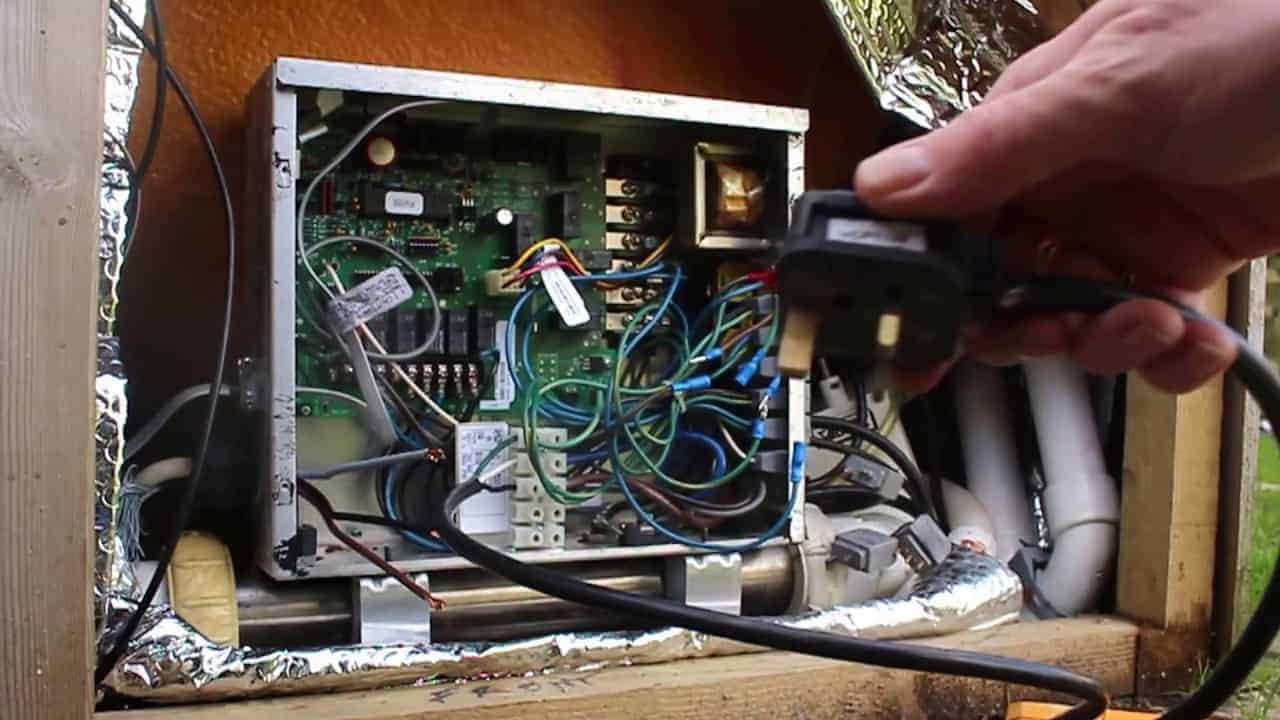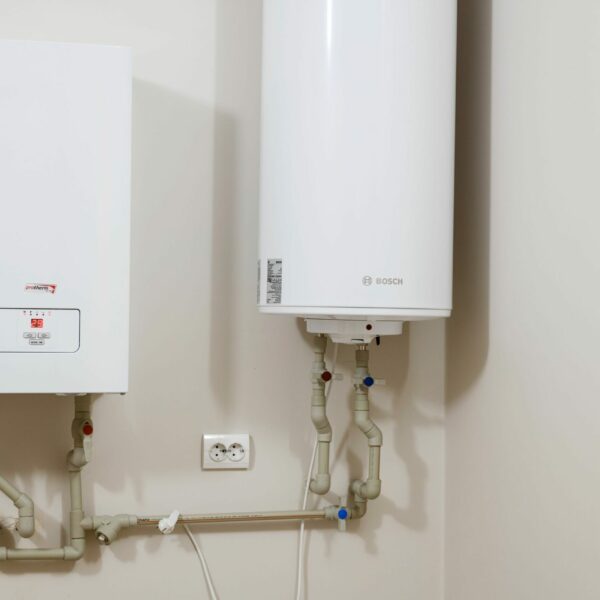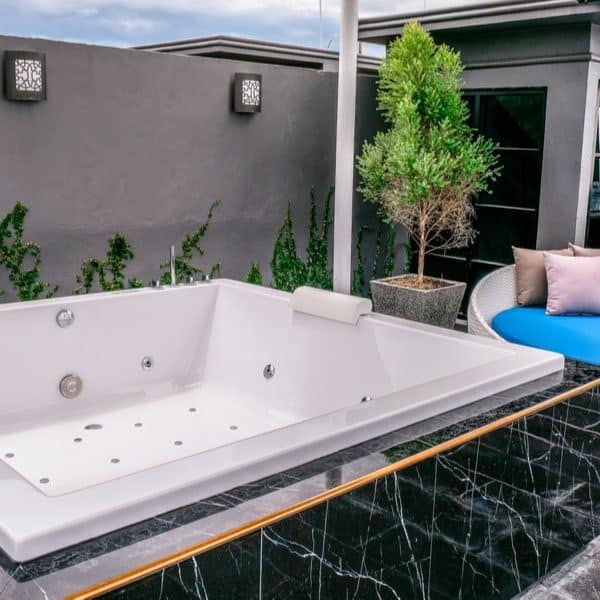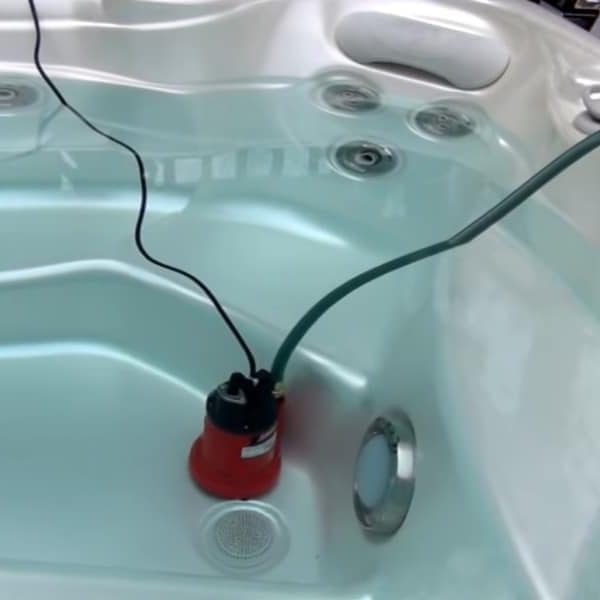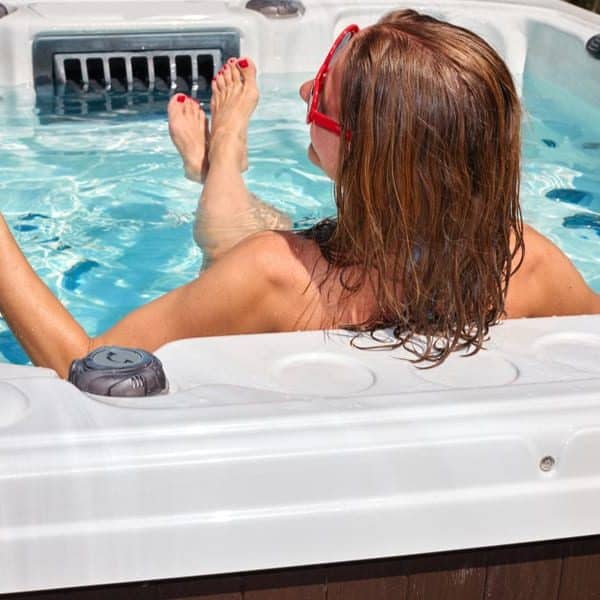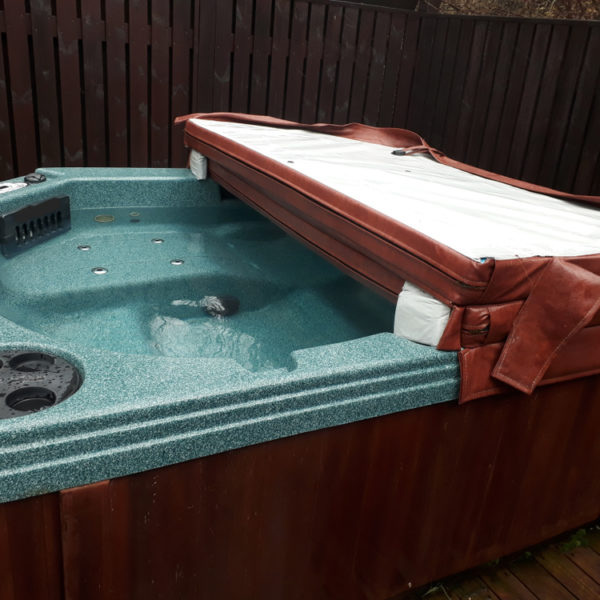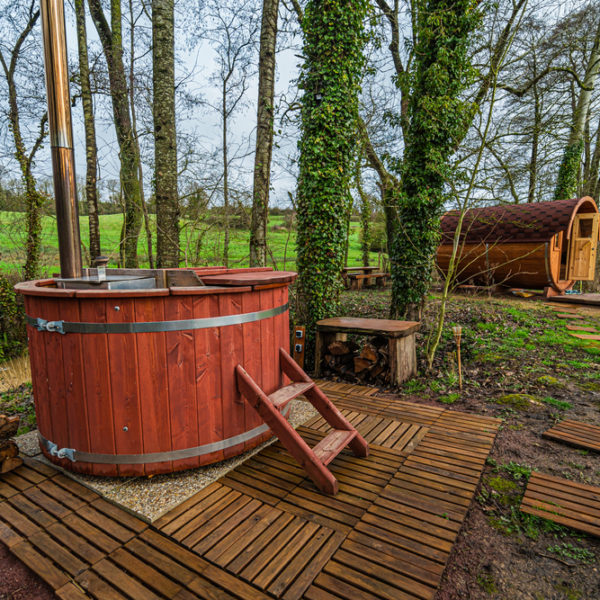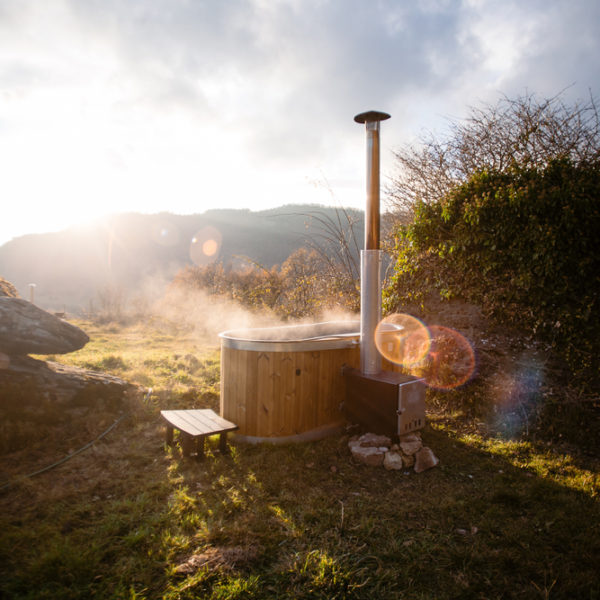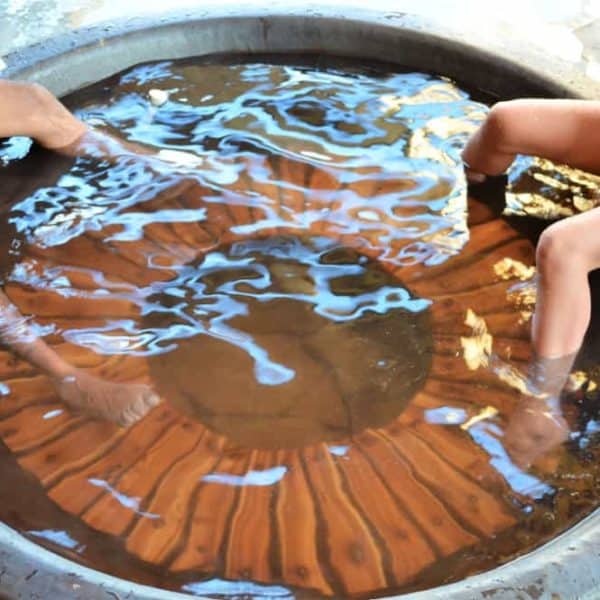Do you know the hot tub connection options available to make a more educated decision on the type of spa to buy? Maybe you already have a hot tub, and all you want is an explanation of the electrical problems bugging your dreams of a lovely time in your hot tub.
We understand your curiosity or frustration as the case may be. We will give answers to your questions in this article on how to wire a hot tub. With this guide, you will be well-equipped to wire a hot tub without professional knowledge of electrical works.
What You Should Know about Hot Tub Wiring
You need to know the voltage potential that enters your home. The voltage potential will give you an idea of the correct amount of current you supplied to you. This exact amount of current is a little bit higher or lower than the potential voltage supply to your home.
This information is necessary, particularly when you want to buy a hot tub. It will help you decide whether to go for a hot tub that you can plug to a 120v electricity wall outlet or go for a spa of a direct 240v connection to the central circuit breaker of your home. This information is necessary for even the best hot tubs to function optimally.
In terms of the wiring of a hot tub, you may notice that there are two basic ways to connect your spa to your home’s power supply. These two wiring methods, consequently, defines two types of hot tubs. The two models are:
1. The Plug-and-Play Hot Tub
This model of hot tub plugs directly into a 120v wall outlet that powers it. For this reason, it is why it is called plug and play. The inflatable hot tubs are plug-and-play spas.
2. The Wired Hot Tub
This type of hot tub has a 220v, 230v, or a 240v direct connection to the circuit breaker of your home.
The plug-and-play hot tubs have the advantage of locational preference. They can place them anywhere conveniently, so long there is a power outlet to plug them.
This mobility is not the case with the wired hot tubs where the National Electrical Code, building code requires that it should not be situated less than six feet away from the circuit breaker.
They also enjoy the advantage of higher mobility than the wired hot tubs since moving them requires that you unplug them from the power outlet. Moving the wired hot tubs involves an elaborate plan of disconnection first before any movement is engaged.
The advantage of this direct connection to the circuit breaker box is that the heat output of the wired hot tub is always higher than that of the plug and play model.
The direct link to the circuit breaker box increases the rate of heating by over 300% of what is obtainable with the plug-and-play hot tubs. This advantage of this extra heating power ensures that the wired hot tub heats a lot faster than the plug-and-play hot tubs.
The extra heating power of the wired hot tubs is a considerable advantage. It helps you save a lot of time consumed by the plug-and-play to warm up the water, especially if you just drained the hot tub. Patience is a virtue, but it is not meant to be used waiting for hot tubs.
Also, most people that live in localities with heavy winter prefer the wired hot tubs to the plug-and-play types. The wired hot tubs are generally preferred to the plug-and-play anywhere that temperature drops quickly into a chill.
Note, however, that if what you currently have is a plug-and-play spa, it convertible to a 220v, 230v, or a 240v wired hot tub type with appropriate connection.
How to Wire a Hot Tub
The wiring of the hot tub is a professional job requiring a licensed electrician to do. This requirement is in recognition of the danger associated with the combination of water and electricity.
Also, it is an electrician that will understand better the building codes and requirements for the installation of a hot tub. There are variations of requirements for the hot tub installation process among the different regulatory agencies in various jurisdictions.
We advise that you consult your local enforcement agency to give you the specific codes operational in your locality before you move ahead with the installation process.
Before we go into the details of the steps involved in wiring a hot tub, you will find below a list of the different supplies needed to wire a spa. You will also find a brief explanation of their functions in the system. The supplies include:
1. Circuit Breaker
Direct connection to a circuit breaker is the primary factor that distinguishes between a wired hot tub and a plug and play type of spa.
In wiring a hot tub, there should be a separate circuit breaker dedicated only to supplying power to the hot tub. Install the appropriate size of a circuit breaker to the service panel solely for this purpose.
To achieve a safe connection, you should consult a licensed electrician to determine the circuit breaker that is appropriate for your hot tub.
2. Service Panel
There is a need for space for the installation of a 220v breaker in the main service panel of your home. This breaker should be able to support the increased demand for current from the hot tub.
In situations where the current supplied is not enough to support the hot tub, consult a licensed electrician to handle the installation of your hot tub.
3. Additional Power Outlet
The National Electrical Code also requires the provision of an extra power outlet located between ten to twenty feet from the hot tub.
4. GFCI Shut-Off Box
A Ground-Fault Circuit Interrupt (GFCI) is a mandatory requirement from the National Electrical Code in the wiring and installation of a hot tub. The GFCI is an emergency shut-off point that quickly disconnects the hot tub from the power source.
You also need to install a manual power shut-off as a fail-safe measure when the GFCI malfunctions. The National Electrical Code requires that the GFCI shut-off box should be installed between five to six feet away from the hot tub.
5. Wire
Determine the appropriate wire size to be used from the total current required by your hot tub. The installation of smaller wire sizes not only increases the likelihood of an electrical fire outbreak, but it also puts the heater elements and the pump of your hot tub at high risk of damage.
6. Conduit
For outdoor installation, the requirement in most localities is that underground wiring must pass through a conduit pipe. The use of plastic and metal conduits are also allowed in many regions.
The local code enforcement agency has varying requirements on the actual depth at which to bury particular conduit types underground. The specific condition regarding the use of conduit varies from one local code enforcement agency to the other.
Always consult the agency when and wherever you need clarification.
How to Wire GFCI
Step 1: Turn of the Power Supply
Disconnect the power source before you start any act of installation. Install a circuit breaker in the service panel.
Step 2: Install the Panel
Before you proceed into this step, you need to check if your home electrical set up has room for extra load.
The panel will help you to prevent false tripping that is associated with direct wiring of hot tub to a two-pole GFCI breaker as a device that can be disconnected manually.
Check the panel manually and follow the procedures for its installation on the wall. Ideally, the panel should be a maximum of 5ft to the spa location.
Step 3: Dig the Trench for Conduit Laying
It’s best to run the electrical wiring for hot tub through a conduit. Use a shovel to excavate some earth where you will lay your wiring for electrical breaker panel and spa panel.
You may need to consult the local building code to know the right conduit depth and be careful not to hit the underneath utility cable while digging.
Step 4: Run the conduit and pull the wire
Run the conduit by drilling a hole through the wall. It should be close to the breaker panel and ensure to channel it out of the house. Fit the necessary conduit covering different areas such as breaker panel, spa panel, and the trench.
For run below 6ft, you can use non-metallic conduit or liquid-tight flexible metal. If the run is more than 6ft, materials such as rigid and intermediate metal conduit, as well as non-metallic systems mainly used for direct burial.
Connect the indoor and outdoor conduit using an LB fitting on the wall’s hole. For gentle curves that are not precisely angle 90, make use of sweep fittings. After that, pull the wire using copper wire with thermoplastic nylon.
Step 5: Connect the Wires
This is a rather complicated step, but we have broken it up to enable you have seamless wired connections. Follow these sub-steps to get the best result:
- Connect the red and black load wires to the circuit breaker.
- Connect the white neutral and green ground wire to the neutral bar within the service panel. (Do not connect any other appliances to the hot tub’s circuit.)
- Pass the four wires through a conduit to the GFCI breaker box.
- Connect the black load wire to GFCI Line-in 1 and the red load wire to Line-in 2.
- Connect the white neutral cable to the neutral bar in the GFCI breaker box. Connect the green ground wire to the GFCI grounding bus bar.
- Connect the white pigtail also to the GFCI neutral bar. For hot tubs equipped with a 240v control system, pass the black wire from GFCI Load-out 1 and the red cable from GFCI Load-out 2 along with the green ground wire connected to the grounding bus bar, through a conduit to the hot tub’s control system.
If instead the hot tub is equipped with a 120v control system, you must connect an additional white neutral wire to the load neutral out from the GFCI breaker box.
You should pass this extra neutral wire along with the red and black loadout wires to the control system. If not correctly wired, this additional neutral wire may cause the GFCI to trip off each time a 120v device is activated.
Step 6: Inspect the Wires
Check once again to ensure that you used the appropriate gauges of copper wires for the connections. Always confirm from the local enforcement agency the proper wire size to use.
Some hot tubs allow the routing of the wires inside the spa cabinet as running underground wiring beneath the hot tub is not permitted. It is also not allowed to situate the hot tub directly under overhead power or communication wires.
Step 7: Turn on the Power
Turn on the power supply and the newly installed hot tub circuit breaker.
Find out more about how to wire a hot tub here.
Conclusion
We have provided you with detailed information on how to wire a hot tub. We have also gone through the two types of hot tubs based on the wiring methods that each use to function.
However, we also stated that the wiring of a hot tub is a highly professional process requiring a licensed electrician. We suggest that you deploy the services of one to avoid possible electrical accidents while trying to DIY.
Please, excite us with your thoughts and questions on this article.
